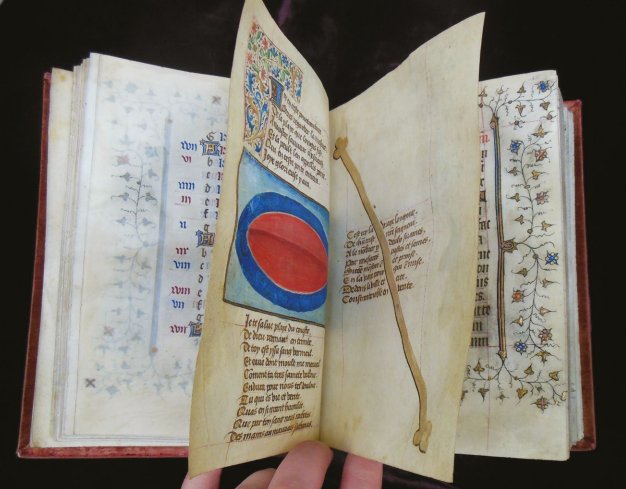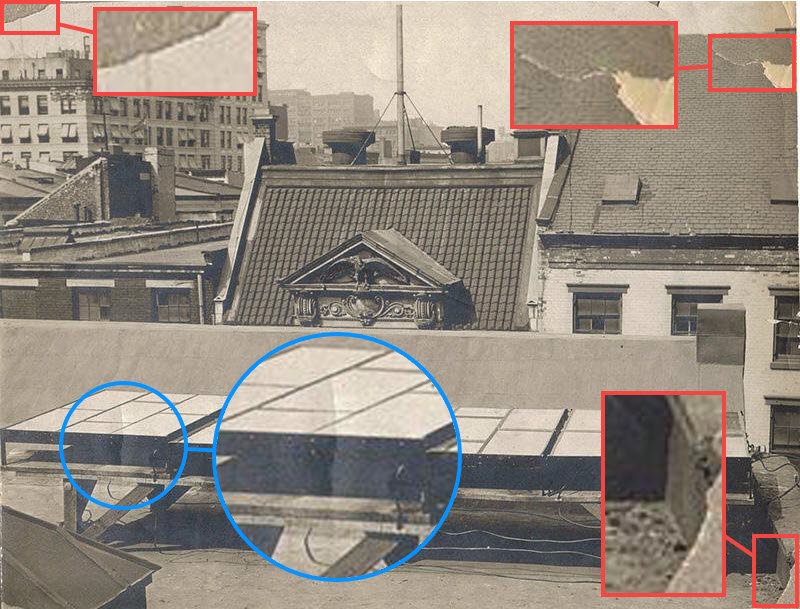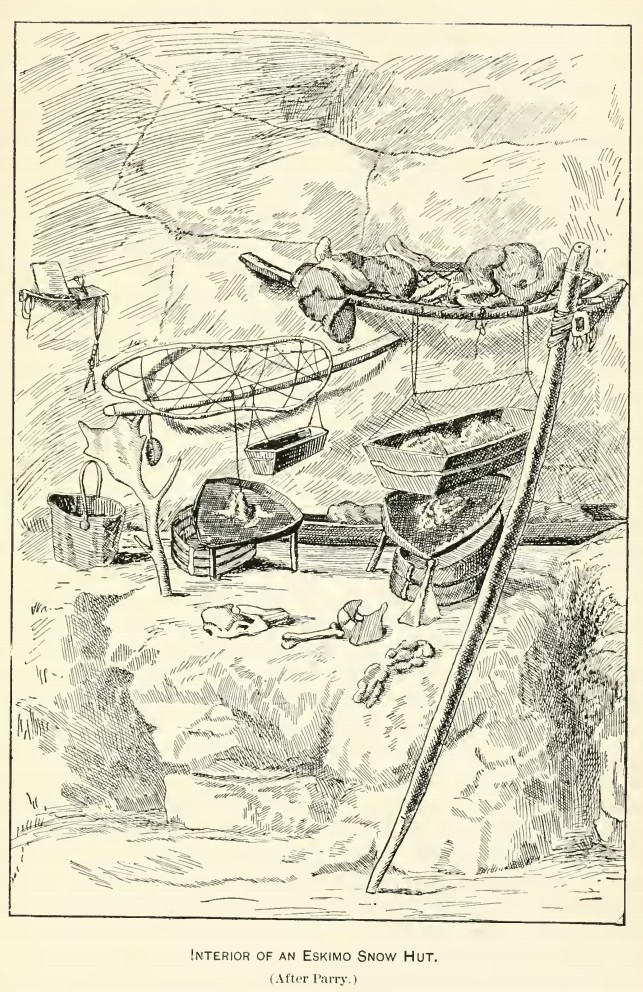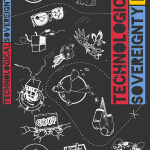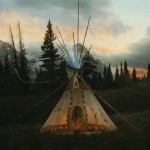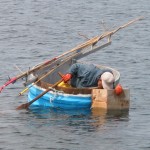Untangling the Mystery of the World’s First Rooftop Solar Panel
“In 1909, inventor George Cove posed in front of an early rooftop solar panel of his own design for a photograph. One hundred and ten years later, the resulting image was reprinted in the official journal of the US’ most prestigious research institute – but Cove was nowhere to be seen.
Using a range of sources such as newspaper archives and historic city maps, Bellingcat sought to establish the seeming mystery of Cove’s ‘disappearance’ from the photograph. This analysis of archival material from the pioneering days of solar energy tells a cautionary tale about the ease of misattributing historic photos.”
Read more: Untangling the Mystery of the World’s First Rooftop Solar Panel. Foeke Postma, Bellingcat, August 2023. Image by Bellingcat.
The Lamp of the Eskimo (1898)
Quoted from: Hough, Walter. The lamp of the Eskimo. US Government Printing Office, 1898.
Though the Eskimo live at a temperature of zero Fahrenheit, travelers have noticed their idiosyncrasy with regard to cold. The clothing is designedly left open at intervals around the waist and the bare skin exposed to the cold air. As a rule the Eskimo strip when in the house and sleep naked. Another indication of their feverishness is the consumption of great (quantities of ice-cold water. No explorer has failed to notice the Eskimo lamp, around which the whole domestic life of this people seems to focus. Far more remarkable than being the unique possessors of the lamp in the Western Hemisphere, the Eskimo presents the spectacle of a people depending for their very existence upon this household belonging. Indeed, it is a startling conclusion that the lamp has determined the occupancy of an otherwise uninhabitable region by the Eskimo, or, in other words, the distribution of a race. [Read more…]
Lighthouse Lamps Through Time
“The ingenuity of man is truly amazing and this can easily be seen in the odd collection of techniques used for the illumination of lighthouses across the centuries. Lighthouse illumination began with simple wood fires and progressed through generations of other methods.”
“Even the oil lamp began in simplicity and evolved into a machine with multiple wicks, clockwork oil pumps, specialized chimneys, hydraulic, pneumatic, and other variants. This story will take you through the history of illumination methods in lighthouses.”
Read more: Lighthouse lamps through time, Thomas Tag.
Pigeon Towers: A Low-tech Alternative to Synthetic Fertilizers
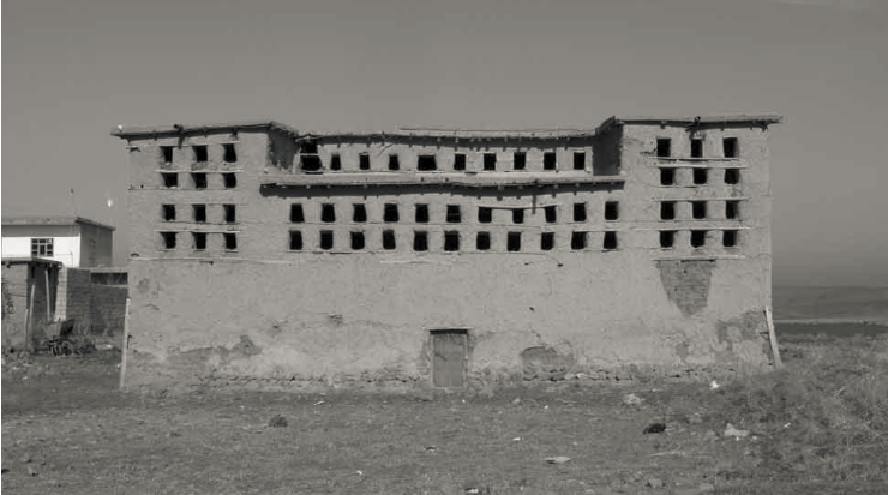 Photo credit: Bekleyen, A. (2009). The dovecotes of Diyarbakır: the surviving examples of a fading tradition. The Journal of Architecture, 14(4), 451-464..
Photo credit: Bekleyen, A. (2009). The dovecotes of Diyarbakır: the surviving examples of a fading tradition. The Journal of Architecture, 14(4), 451-464..
Many societies, ancient and contemporary, have innovated ways of supplying their fields with fixed nitrogen and phosphorus—two crucial ingredients for crop productivity. One is crop rotation, which alternates nitrogen-fixing and nitrogen-exhausting crops. Farmers around the world make use of chickens, ducks, and geese to add “fresh” guano to their fields. Cattle manure is another useful alternative—although it often lacks in phosphorus. Much more labor intensive than simply adding fossil-fuel derived synthetic fertilizer, these practices tend to build up soil, limit greenhouse gas emissions, and lead to less run-off into rivers, lakes, and oceans.
Persian pigeon towers are one of the more elegant solutions to the nitrogen-phosphorus problem. These are essentially castles built for thousands of wild pigeons, strategically placed in the middle of the fields. Their droppings were shoveled up once a year and sold to nearby farmers. While most pigeon towers existing today are in disrepair, the oldest still standing are dated to the 16th century (but they are assumed to have existed over 1,000 years ago) and helped fuel the cultivation of Persia’s legendary orchards, melons, and wheat production.[1] [Read more…]
Sail the World’s Largest Viking Ship from Europe to America
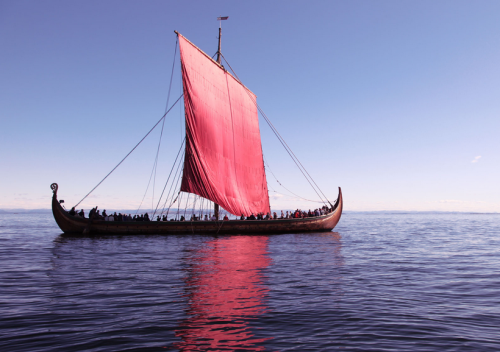 “Draken Harald Hårfagre (that’s “Dragon Harald Fairhair” in English) is a modern interpretation (rather than an accurate replica) of an old Viking longship that was built in Haugesund, Norway, and launched in 2012.
“Draken Harald Hårfagre (that’s “Dragon Harald Fairhair” in English) is a modern interpretation (rather than an accurate replica) of an old Viking longship that was built in Haugesund, Norway, and launched in 2012.
In May next year she will set out on a voyage from Norway to Newfoundland via Iceland and Greenland, and the project organizers have just announced they are accepting applications for volunteer crew.
You need at least two months of free time to do it and presumably should have some sort of useful skill to boost your chances of being selected.
Conditions aboard look to be very Spartan by modern standards, with no shelter except for a tent on deck, but by traditional Viking standards it should be a veritable luxury cruise.”
Read more: Calling all Vikings. More sailboat news.
